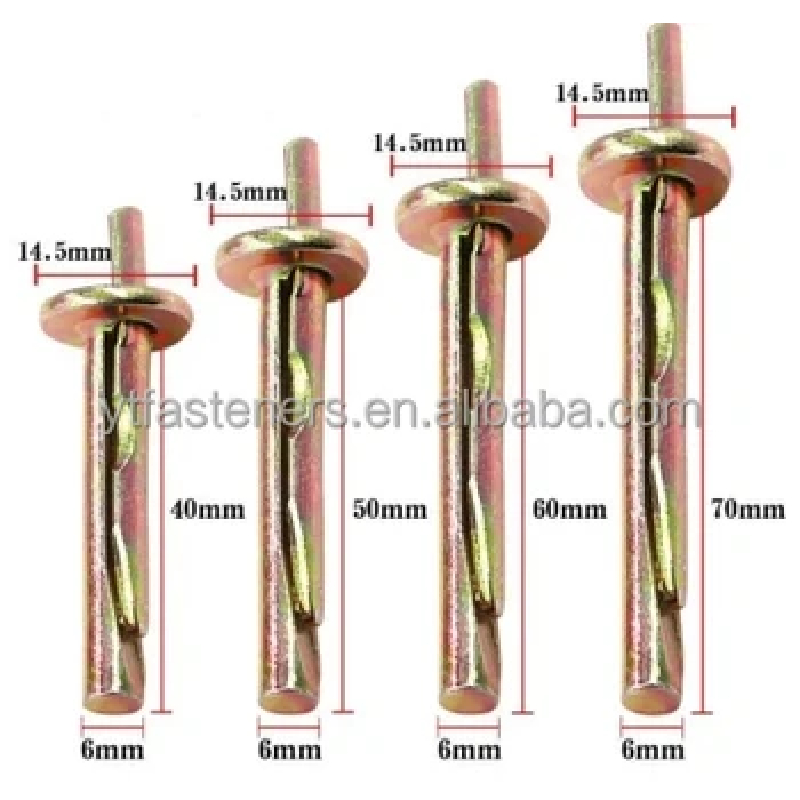авг. . 14, 2024 07:21 Back to list
Determining Appropriate Lengths for Threaded Rods in Various Applications and Projects
Understanding Threaded Rod Lengths A Comprehensive Overview
Threaded rods are often used in various construction, manufacturing, and engineering applications due to their versatility and strength. They serve as a vital component in a wide array of structures and fixtures, connecting different elements with ease. The length of a threaded rod is a critical factor that influences its functionality and is an important consideration in multiple projects, from home improvement endeavors to large-scale industrial applications.
What is a Threaded Rod?
A threaded rod, also known as a stud, is a long, cylindrical piece of metal or other materials that features continuous threads along its length. These threads allow for the attachment of nuts and washers at either or both ends, facilitating secure fastening. Threaded rods are available in various materials, including steel, stainless steel, and plastic, and come in different diameters and thread pitches, which refer to the vertical distance between adjacent threads.
Importance of Rod Length
The length of a threaded rod is critical because it determines how far apart the components it connects will be. In construction, for example, using the correct rod length ensures that the structural integrity of a framework is maintained. An incorrect length may result in an unstable structure, which can lead to safety hazards and costly repairs. Additionally, in scenarios involving mounting or suspension (for example, hanging shelves or suspending lights), the length must be precise to achieve the desired height and alignment.
When selecting the appropriate length for a threaded rod, several factors must be considered
1. Application Requirements Different projects call for varying lengths based on their specific needs. For instance, a short rod may suffice for a compact application, while a longer rod may be needed for larger structures or where additional space is required for fitting different elements.
threaded rod lengths

2. Material Properties The properties of the material used can also influence the effectiveness of various lengths. For instance, a longer rod made of a softer metal may bend or deform under pressure, compromising the integrity of the connections.
3. Load Requirements Threaded rods are often used to bear loads, which can include weight from various components or structural forces. It’s vital to choose a length that can adequately handle these forces without risk of failure.
4. Environmental Conditions Factors such as heat, humidity, and exposure to chemicals affect material performance. Understanding the operational environment helps in selecting not just the right length but also the appropriate material.
Standard Lengths and Customization
Threaded rods typically come in standard lengths, simplifying the purchasing process. Common lengths range from a few inches to several feet, and many suppliers offer rods in increments that minimize waste and ensure efficiency. However, there are also situations where customization is necessary. Manufacturers can create threaded rods of specific lengths tailored to the unique requirements of a project, allowing for greater flexibility.
Conclusion
In conclusion, the length of a threaded rod is a fundamental aspect that impacts its functionality across various applications. By thoroughly understanding the requirements of a project and taking into account factors such as application needs, load capacities, and environmental conditions, one can select the appropriate threaded rod length. Whether you are a DIY enthusiast or a professional engineer, ensuring the correct threaded rod length will enhance the reliability and safety of any project. Armed with this knowledge, you can approach your next fastening task with confidence, knowing that you have the right tools at your disposal.


